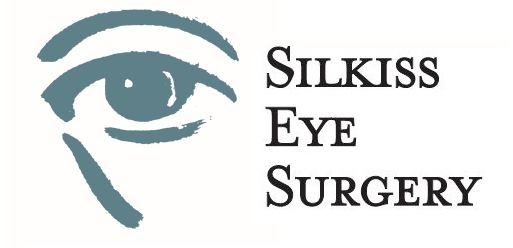COSMETIC SURGERY
Upper Eyelid Blepharoplasty
(Eyelid Lift)
Lower Eyelid Blepharoplasty
(Lower Eyelid Bags)
Asian Eyelid Surgery
(Double Eyelid)
NON-SURGICAL COSMETIC OPTIONS
RECONSTRUCTIVE SURGERY
Ptosis (Drooping Upper Eyelids)
Eyelid Malpositions
(Ectropion & Entropion)
Eyelid Skin Cancer
and Reconstruction
Chalazion, Stye, and Skin Tags
Tearing and Lacrimal System
(Tear Duct)
Thyroid Eye Disease
(Graves' Disease)
Prosthetic Eye &
Eye Socket Surgery
Congenital Ptosis and Pediatric Conditions
Facial Paralysis (Bell's Palsy)
Benign Essential Blepharospasm (Eyelid Spasms)
Trauma (Eyelid Lacerations &
Orbital Fractures)
PEDIATRIC AND CONGENITAL CONDITIONS
Oculofacial plastic surgeons specialize in the treatment of all pediatric and congenital eyelid, eye socket, and tear duct disorders. The most common include:
Congenital ptosis - Children are sometimes born with drooping of one or both upper eyelids. Most commonly, there is a problem with the muscle that raises the eyelid. If the eyelid(s) droop enough that they cover the pupil, they can block vision, and since the visual system in children is still developing, this can result in permanent blindness (amblyopia). If congenital ptosis is determined to be effecting vision, ptosis repair surgery should not be delayed. If the eyelid drooping is mild and does not block vision, surgical repair may be delayed until the child is older. Ptosis in children should be followed closely by a pediatric ophthalmologist along with an oculofacial plastic surgeon to determine the proper course of action.
Congenital tear duct obstruction - A tear duct obstruction in infants may present as constant tearing, discharge, or even an infection of the tear duct (dacryocystitis). Unlike in adults, tear duct obstruction is usually due to a membrane that blocks the outflow of tears into the nose. This often resolves spontaneously as your child grows. Massage and warm compresses may be enough to alleviate symptoms. If the symptoms continue past the age of 1, probing the tear duct under anesthesia is usually curative. Probing is a non-invasive, 15 minute procedure performed in the operating room.
Epiblepharon - This is a common condition in Asian children. The skin and muscle in the lower eyelid override the eyelid margin, causing the lashes to turn in and scratch the eye. As children age, this problem may spontaneously resolve, however surgical correction is sometimes necessary, especially if there are signs of corneal damage.
Orbit disease - Orbital (eye socket) disease is uncommon in children, but it does occur. Infections in the orbit are called orbital cellulitis. This is often the result of spreading inflammation from the sinuses. If untreated, it can cause blindness and even be life threatening. Intravenous antibiotics must be administered immediately.
Orbital tumors occur rarely, and when they do, they are most often benign. Vascular malformations are the most common growths. Sometimes called strawberry or capillary hemangiomas, they are lumpy red growths that may be seen on the eyelids, or even extend into the eye socket. They often will spontaneously resolve by the age of 6-8 years. If the growth is blocking vision, it can be treated with medications (propranolol), and only very rarely requires surgery.

